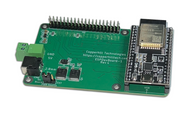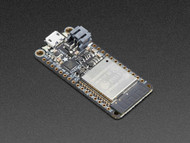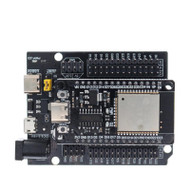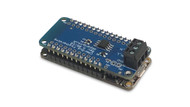Product Description
Sorry! This product has been discontinued.
The Wemos R32 ESP32 module is a popular IoT development system due to its dual-core processor, integrated WiFi, Bluetooth, and BLE. Also contributing to its popularity is the ecosystem built by the vast ESP32 community. An ever-growing number of IoT developers prefer programming the ESP32 with the Arduino IDE.
The Wemos D1 R32 represents an ESP32 development board in Arduino Uno form factor. It runs on clock speed up to 240MHz. One core is dedicated to wireless functions, and another is reserved for user functions. The ESP32 processor is faster than its predecessor, the ESP8266. Although it is a 3.3V system, with it in Arduino UNO form factor, you should be able to utilize most of the shields available in the marketplace. And not to forget, many communities support ESP32, for example, microPython, LUA, and Arduino IDE.
WEMOS ESP32 Features
- ESP32-WROOM-32 in Arduino UNO form factor
- Working Voltage: 3.3V
- DC Input Voltage: 5V - 12V DC
- Wifi: 802.11 b/g/n/e/i (802.11n up to 150 Mbps)
- Bluetooth: v4.2 BR/EDR and BLE specification
- RAM: 520KB
- Flash Memory: 32Mb (4M bytes)
- Power consumption:
- Max current: 250mA
- Sleep current: 0.15mA
- Active without WiFi current: 20mA
- Operating Temperature: -40C to +85C
ESP32 Development Resources
Programming Support
- Programming ESP32 Board with Arduino IDE...
- Introduction to ESP32 Programming...
- A CAN Driver for the ESP32...
Bluetooth & BLE Information
- Adafruit - Bluetooth & BTLE...
- Exploring Bluetooth 5 - Going the Distance...
- The Basics of Bluetooth Low Energy (BLE)...
- Understanding Bluetooth Range...
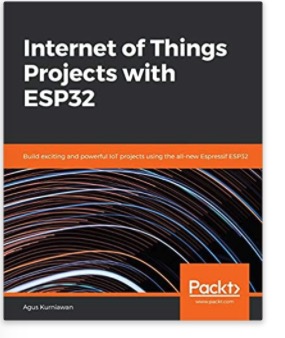 Internet of Things Projects with ESP32: Build exciting and powerful IoT projects
Internet of Things Projects with ESP32: Build exciting and powerful IoT projects
The ESP32, a low-cost MCU with integrated Wi-Fi and BLE capabilities, comes with a variety of modules and development boards for building IoT applications efficiently. Wi-Fi and BLE are standard network stacks for Internet-of-Things applications providing cost-effective solutions for your business and project requirements.
This book is a fundamental guide for developing ESP32 programs and starts by explaining GPIO (General Purpose I/O) programming with sensor devices. The reader gets up to speed with ESP32 development through several IoT projects such as weather stations, sensor loggers, smart homes, Wi-Fi cams, and Wi-Fi wardriving. The reader learns how to use ESP32 boards to facilitate interactions between mobile applications and cloud servers, such as AWS.
By the end of this book, you'll have learned how to control a range of IoT projects using the ESP32 chip.
 Loading... Please wait...
Loading... Please wait...






